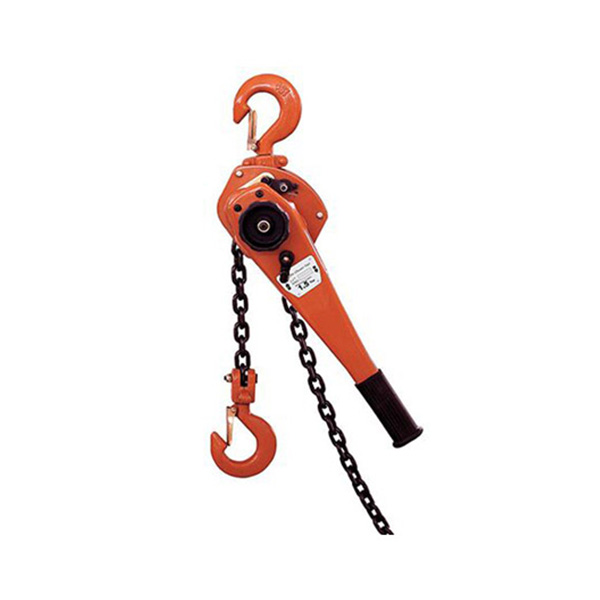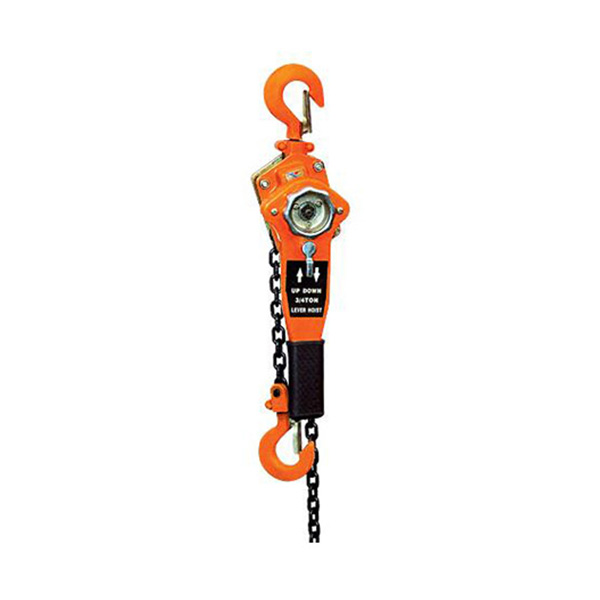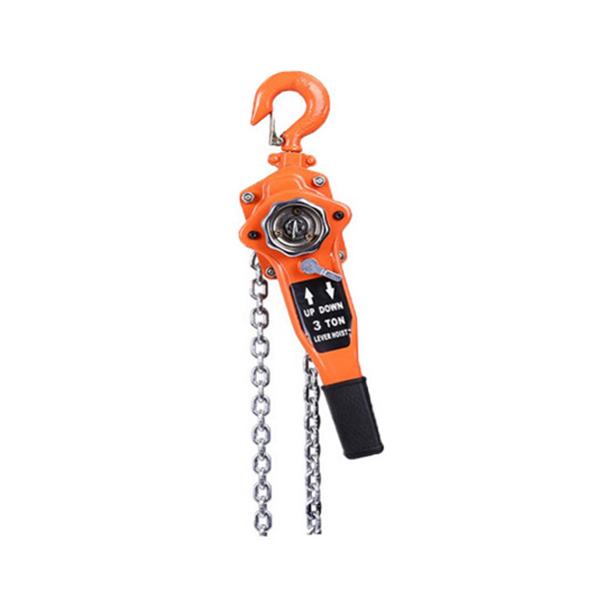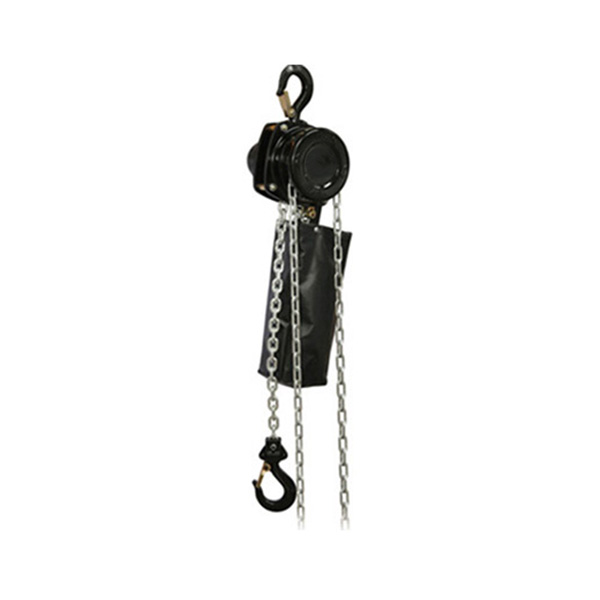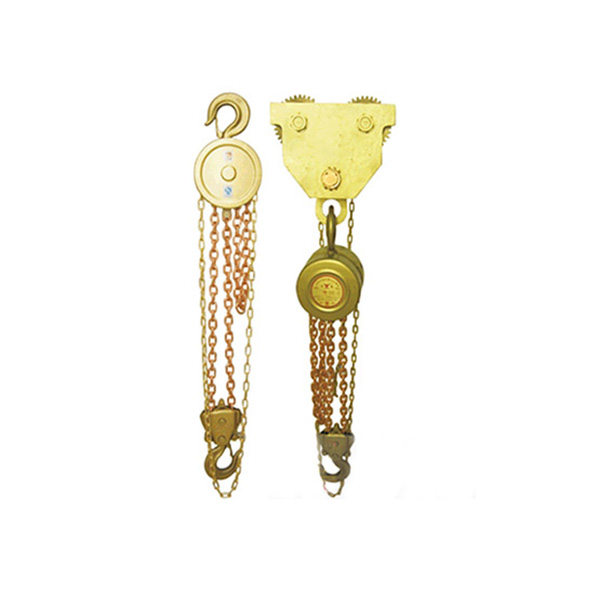During the installation and operation of the crane, the trolley operating mechanism and the car operating mechanism may not run synchronously on both sides of the track, especially when the span (or track gauge) is relatively large. If you encounter such a problem, how to solve it?
1. Determination of asynchronous operation of crane
Characteristics of asynchronous operation failure: the trolley twists or swings forward when starting or running, or the wheels show signs of climbing the tracks when the trolley is running.
2. Asynchronous at startup, but synchronous at runtime
1. Cause of failure
This phenomenon is caused by electrical faults, such as broken wires inside resistors, loose resistor wiring, damaged control points of controllers, etc.
2. Treatment measures
1) After the resistor breaks, if the degree of broken wires is light, they can be welded together; if they cannot be welded together well, the resistor should be replaced. If there is no problem with the selection of resistors, the resistor wire will not break easily, so after the treatment, a comprehensive inspection should be carried out, for example, whether the resistor line is connected incorrectly, whether the operation often relies on reverse braking to increase the heat, whether the on-site operating conditions greatly exceed the working system of the crane, etc.
2) The resistor wire should be tightened if it is loose, and other line wiring should be fully inspected and tightened.
3) If the control point of the controller is damaged, it should be replaced in time.
3. Startup and runtime are always out of sync
1. Cause of the fault
This may be caused by an electrical fault, such as broken core, missing phase, loose bolts, and motor damage in the stator and rotor cables of the motor; it may also be caused by a mechanical fault, such as the bearing damage of the drive mechanism at one end increases the resistance, or the inner and outer teeth of the coupling at one end are seriously worn due to lack of oil, resulting in failure to drive, different speed ratios of the reducer, or the two motors are of different sizes and the nameplates are mistakenly the same (such as different parts of the drive and transmission mechanisms are replaced after maintenance), and for three-in-one reducers, the number of teeth of the connecting gears between the motor and the reducer is different.
2. Solution
1) It is necessary to understand whether the car is installed or has been used for a period of time. If it is a car that has been used for a period of time, it is necessary to understand when the fault occurred.
2) If it is a newly installed car, many cases are caused by circuit wiring errors. First, the resistor circuit should be checked. If there is no problem with the electrical circuit, the mechanical aspects should be checked. First, the stator and rotor currents of the two motors should be measured. If the error is obvious, it can be judged that the motor has quality problems, or it is not the same model of motor but the nameplates are affixed to the same. If there is no problem with the motor, then check whether the speed ratio of the reducer is the same. After that, for the three-in-one reducer, check whether the number of teeth of the connecting gear between the motor and the reducer is the same.
3) If the crane has been used for a period of time and this fault has not occurred before, then check whether the sound of the drive mechanism is normal, whether the bearing is damaged, and whether the inner and outer teeth of the coupling are worn out. In terms of electricity, check whether the stator and rotor cables of the motor are broken, missing phases, and loose wiring, and take corresponding measures.
4. Improvement measures
For the quality problems of the product itself, the company should strengthen the quality inspection management. For the problems during installation and use, it is recommended to hire an installation team with corresponding qualifications to handle them; for the problems during use, it is recommended that the user strengthen the daily use and maintenance.
At present, the motor basically adopts variable frequency speed regulation. For large-span cranes or large-gauge trolleys, the single-side track assists two sets of horizontal wheels, or encoders are set on both sides to ensure the synchronization of the running mechanism and prevent rail gnawing.
What other reasons may cause asynchronous operation? Welcome to add.
–END–
-
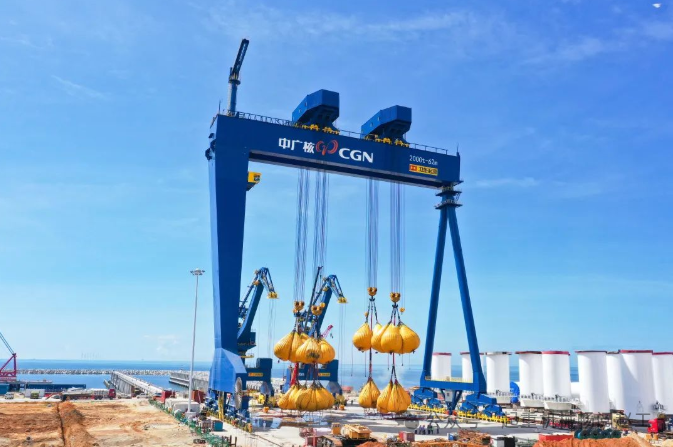 During the installation and operation of the crane, the trolley operating mechanism and the car operating mechanism may not run synchronously on both sides of the track, especially when the span (or track gauge) is relatively large. If you encounter such a problem, how to solve it? 1. Determination of asynchronous operation of crane Characteristics of asynchronous operation failure: the trolley twists or swings forward when starting or running, or the wheels show signs of climbing the tracks ...How to solve the problem of crane operating mechanism being out of sync?
During the installation and operation of the crane, the trolley operating mechanism and the car operating mechanism may not run synchronously on both sides of the track, especially when the span (or track gauge) is relatively large. If you encounter such a problem, how to solve it? 1. Determination of asynchronous operation of crane Characteristics of asynchronous operation failure: the trolley twists or swings forward when starting or running, or the wheels show signs of climbing the tracks ...How to solve the problem of crane operating mechanism being out of sync? -
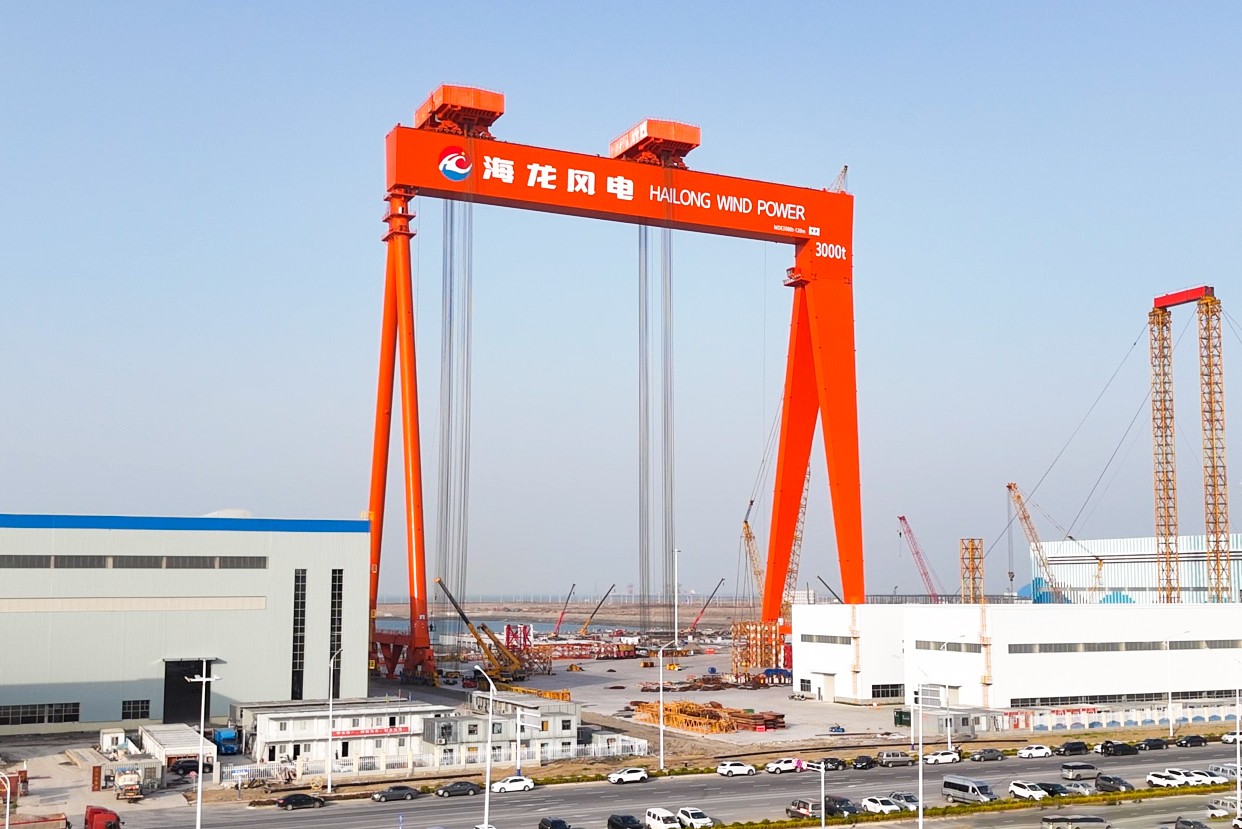 All types of cranes put into use for the first time need to undergo performance tests to verify the performance of the crane, including inspections and tests on working parameters and load-bearing capacity.All types of cranes put into use for the first time need to undergo performance tests to verify the performance of the crane, including inspections and tests on working parameters and load-bearing capacity. 1. Scope of application Performance testing of all types of cranes put into service ...How to verify the performance of a crane?
All types of cranes put into use for the first time need to undergo performance tests to verify the performance of the crane, including inspections and tests on working parameters and load-bearing capacity.All types of cranes put into use for the first time need to undergo performance tests to verify the performance of the crane, including inspections and tests on working parameters and load-bearing capacity. 1. Scope of application Performance testing of all types of cranes put into service ...How to verify the performance of a crane?
